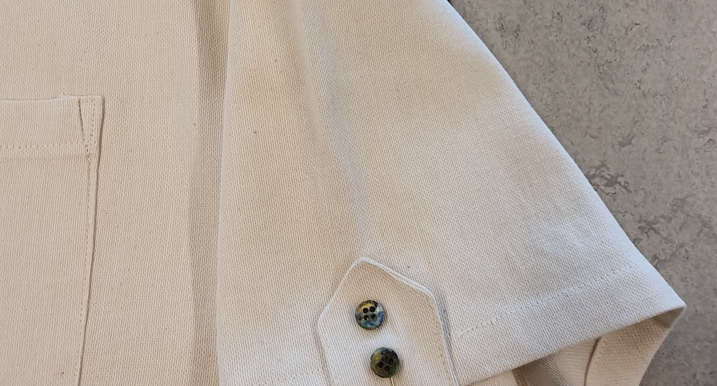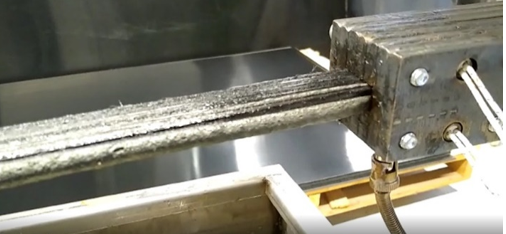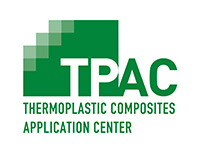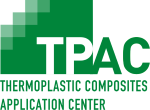This project contributes to the objectives of the European Green Deal. The plastics recycling industry still has a long way to go to become fully circular. Many companies share problems in different variations. Used foils and thin-walled plastics (Post-use Plastic Foil or PPF) are a substantial obstacle to the circular economy, as they represent a large share of the waste stream but are very difficult to recycle. At the same time, they fulfil essential sustainable functionality – for example, keeping food fresh and together.

This project carried out applied research into the sustainability potential of thin-walled plastics from decentralised point sources. Specifically, this project involved applied research for three types of point sources:
- Plastics from rivers from Clear Rivers: Textiles were made with A.C. ter Kuile (from riverPET) and buttons (from river polyolefins) in the lab of TPAC, from which prototypes for garments were developed and validated. Project partner Miramé will use these to further develop and market a new clothing line made from river plastics.
- For polyethylene film released from banana cultivation, research was conducted with Agrofair on the substitutability with biodegradable film. The study showed that this is possible, but that cost price is still an obstacle.
- For post-consumer polyolefins, a proof of concept was developed to reinforce extrudate with continuous glass fibre reinforcement, for Save Plastics. It turned out to be quite feasible to reinforce this type of waste plastic in this way up to a factor of 10. For Veolia, trials were conducted to better characterise multilayer film.

For more information about PPFs click here.

